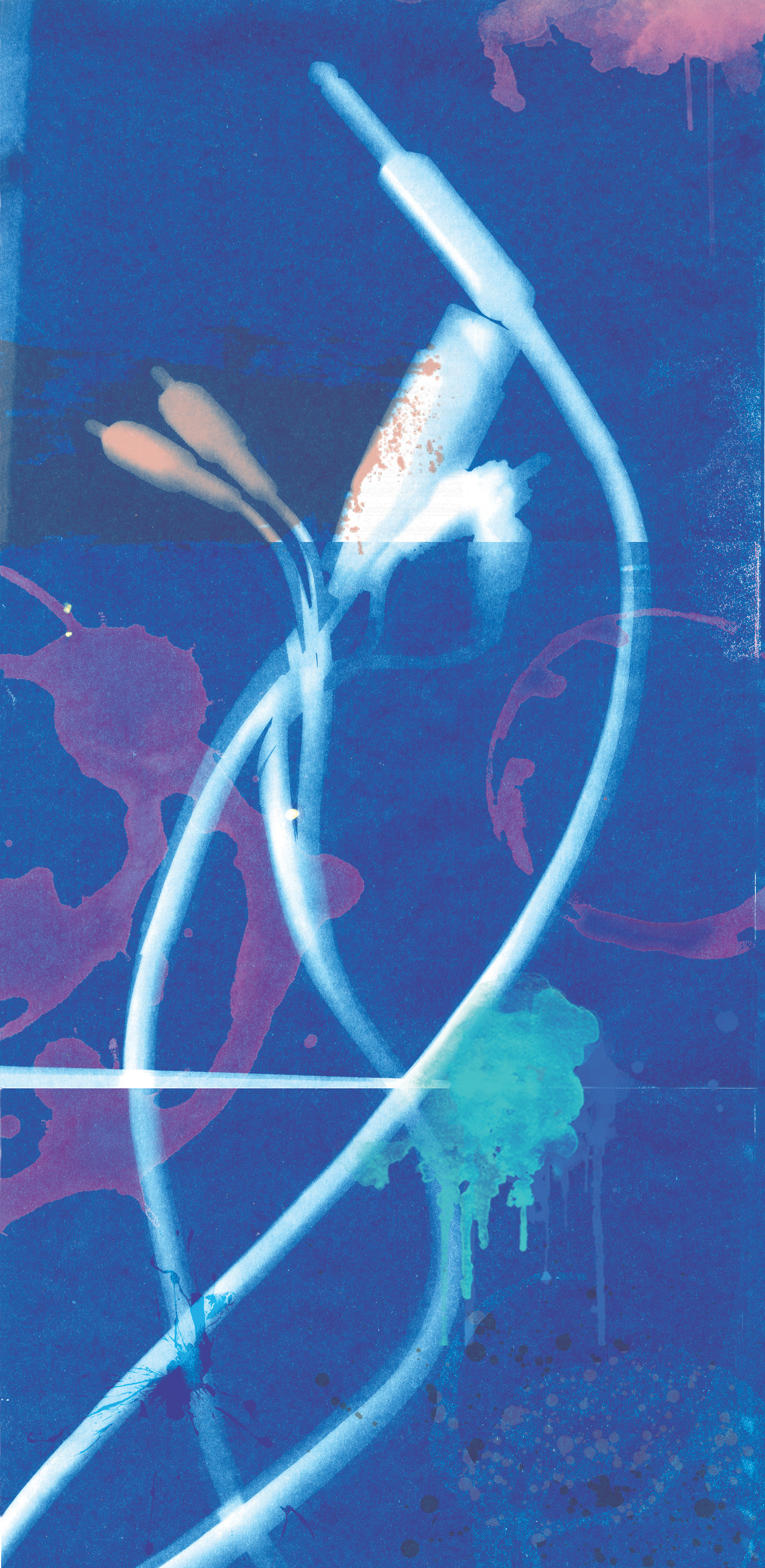(Cue Bon Scott howling "HIGH! VOLTAGE!") The Crescendo, andSPL's proprietary SUPRA high voltage op-ampsare an exciting innovation, and I believe it's a first of its kind: an 8-channel mic preamp operating on ±60 volt DC power rails (touted by SPL as "120V Technology"). While most pro audio gear runs on ±15V to 18V rails or less, the Crescendo offers a starkly logical alternative with a much higher operating voltage. The intention behind this new design is to improve microphone performance and overall audio quality with much less noise, a monumental amount of headroom, and virtually no opportunity for distortion or transient "smearing." After testing this meticulously overbuilt 3 rack space unit German tank, it's safe to say that SPL hits the goal spot on, and this isn't just marketing hyperbole.
Setting up and using the Crescendo is uncomplicated, and the unit itself, while massive, is really quite simple to operate. Each channel has just the basics needed: a large gain pot, -20 dB pad, polarity flip, and phantom power switches. Each channel also has its own true VU meter with a switch to scale the meter sensitivity by -10 dB – IEC power connection, ground lift, and XLR I/O are around the back. The back panel also offers a single DB-25 connection for the eight outputs, which can be used instead of the XLR outputs (note that SPL claims you can use both the XLR and DB-25 outs in parallel as a split if the impedance difference of connected gear is not too great, and they recommend you avoid connecting a second input stage with transformers). I also liked that SPL prints all of the channel numbering and other back panel info in two orientations, so you never have to read the panel labeling upside-down if you're peeking at it over the back of a rack (why doesn't everyone do that?).
My first tests were electric and acoustic guitar overdubs with a variety of mics including a Royer R-121 [Tape Op #19], a pair of AKG C414s, and, of course, a good ol' Shure SM57. Although (as I discovered later) the Crescendo works well with longer cable paths, I brought it into the tracking room to take advantage of a shorter XLR cable run and used the DB-25 connection to directly connect the outputs to my patchbay. The available gain range is 18 dB to 70 dB, and I found that the ribbon mic, in particular, responded really well to all of this deliciously clean power: plenty of gain and amazing dynamics with no discernible noise. I usually reach for an EQ with ribbon mics, but surprisingly the high end response with this pre seemed sweet and full of air on its own, differing distinctly from my other outboard mic pres when used with ribbon mics. These subtle differences held up across A/B tests using other mics, from wide-diaphragm condensers to smaller dynamics.
Next, I had an opportunity to test in another tracking environment and passed the ball to my friend Larry Carr, an engineer and drummer currently working on an album for Sacramento's Tropicali Flames. Drums, upright bass, tenor sax, and guitar were all tracked live in Larry's studio, utilizing all eight tracks of the Crescendo. Larry was impressed with the build quality right off the bat, and we both agreed that having the Crescendo in line seemed to make proper gain corrections much more relaxed – as if every mic attached to this box could just breathe while not having to work so hard. Translation: the sweet spot for each mic felt much broader, and even challenging dynamics felt super easy to dial in. For instance, the upright bass performance in this group transitions between percussive "slaps" and smooth runs, and with most mic pres, you usually find yourself straddling a fragile line between not enough gain and clipping. Not so with the Crescendo – with such a massive swath of dynamic range and headroom, it just feels like you have more freedom, without any sacrifice in accuracy. In addition to tracking to a DAW, Larry had the preamp running out to his 1-inch Tascam MS-16 tape deck, and it sounded terrific, with little articulations and subtleties translating with an almost scary amount of clarity. Larry commented that even when pushing the gain range on this preamp, the transient response was crisp and clear: "I can actually hear a difference!"
Using the Crescendo immediately gives me the impression that I've just unlocked some new and previously hidden level of fidelity across my whole mic collection. If I had a wish list for this beast, it would be short, perhaps including a Hi-Z or 1/4-inch input stage. Frankly, the only true downside here is the cost – at over $800 per channel, the Crescendo is a tough proposition for my project studio budgets. I would be more inclined to jump if this box were closer to $3000 or $4000, but it's understood that some magic just costs a lot. I guess it's like Bon sang on "High Voltage," "I got to get my kicks some way!"




_disp_horizontal_bw.jpg)